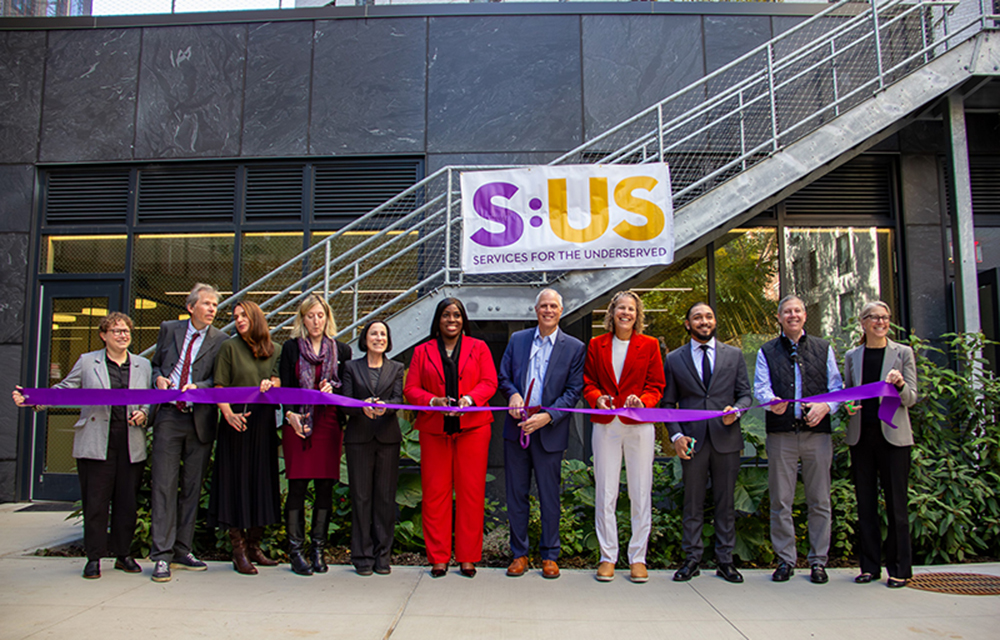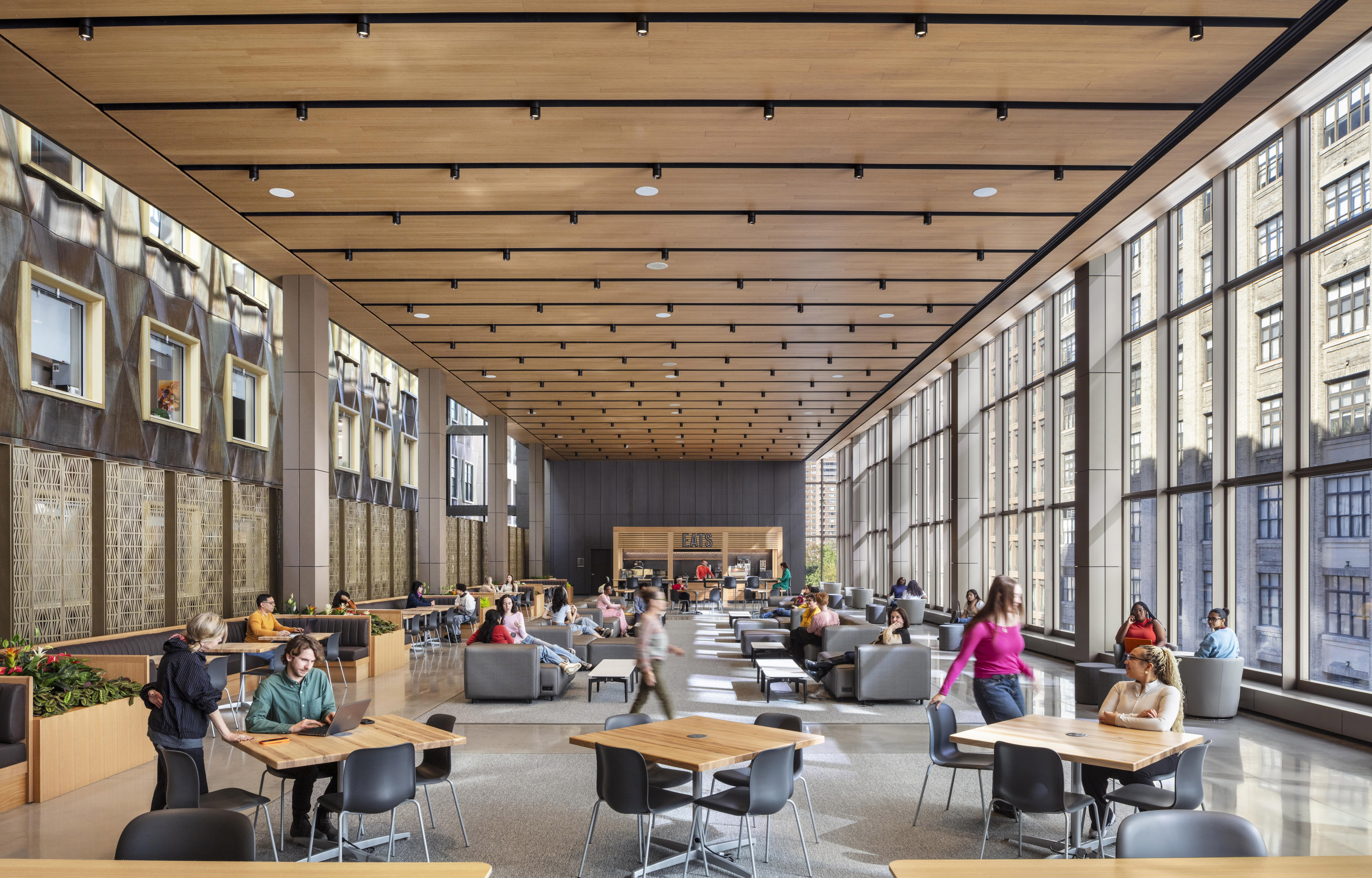Key components of building an ambulatory surgery center - by Kelly Kass

As healthcare companies expand their medical practices, ambulatory surgery centers (ASCs) remain front and center, providing a more contemporary patient experience to keep up with this growing trend. In order to incorporate a traditional hospital setting into an ambulatory facility, there are many steps required to ensure optimum safety and successful patient outcomes. For construction companies looking to build an ASC, there are several pitfalls to avoid if you want to keep your project on track, according to Eastman Cooke CEO, Peter Morandi.
Start Early
“When our clients tell us they’re in the market for a new project, we get our team together in the early stages to review the project, establish budgets, and discuss any logistical challenges associated with the site,” Morandi said. This approach will help to present a realistic cost to the client and make sure everyone is on the same page from the get-go.
During the project development stage, the creation of 3D models helps clients get a feel for a space before architectural drawings are complete. Marc Landow, principal, Landow and Landow Architects AIA, recommends using Revit technology. “It allows us to fine-tune the design as we manage our clients’ expectations and strive to stay within budget,” Landow said.
Know Your Codes
When building any type of medical facility, it’s essential to follow strict codes and regulations to provide maximum safety at the site. Morandi said, “Working in a controlled environment comes with logistical challenges, particularly with ASCs where you may have a constriction on a space, or you’re required to build a specialized elevator to transport stretchers, for example. As construction professionals, it’s our responsibility to get all the pieces to fit in that finite space.”
When building ASCs, Morandi works closely with Garfunkel Wild, P.C., an experienced law practice with extensive knowledge of Department of Health standards, space leases and other vital components of ASC projects. “Often, companies don’t think about architectural issues soon enough,” said Garfunkel Wild, P.C. vice chairman Andrew Blustein. “ASCs are unique, specialized creatures. If you’re building an ASC, it’s important to hire an architectural and construction firm with bona fide experience working in the state you’re involved with.”
Garfunkel Wild, P.C. partner/director Greg Bloom advises against hiring a contractor with only general experience. He said, “Someone who has only worked on regular office buildings may overlook state or federal codes when it comes to fire safety and other important areas. ASCs cannot open their doors until the site passes inspection with the state. If they fail inspection, the cost of a project increases due to corrections that may need to be made, and the project delivery is delayed.”
Patient Privacy
At ASCs or any medical facility, HIPAA compliance is mandatory. The construction process plays an important role in ensuring HIPAA sensitivity. Bloom and Blustein advise careful consideration when determining the following:
• Is there a private area for doctor/patient consultations?
• Are the rooms soundproofed?
• Are medical record storage rooms secure?
• Are computers strategically placed to prevent accidental viewing of a patient’s electronic medical records?
• Are video cameras installed properly?
Additional Construction Requirements
When building ASCs, construction companies are required to follow Department of Health regulations and design standards for an Artice 28 space. These include the use of hospital-grade materials, including specialty mill-work, high-end Armstrong wood ceilings, Xorel fabric wall coverings and solid surface countertops for nursing stations. All were used during Eastman Cooke’s award-winning project for a major healthcare provider in New York.
“On one of the projects, we were required to convert an existing 11,000 s/f space into an orthopedic and pediatric care unit,” said Morandi. “While meeting the logistical challenges that were involved, our crew worked together to ensure proper installation of lead lining and vital support systems in the facility’s X-ray room, while completing much of the project work during off-hours to avoid disrupting medical staff.”
Eastman Cooke was also tasked with building a new, state-of-the-art ASC for Hospital for Special Surgery (HSS) in Manhattan. Morandi and his team worked closely with architects during the conversion of the 22,000 s/f space, which included the construction of four operating rooms, 16 recovery rooms, three nurse’s stations, and decontamination and sterilization rooms.
Other Eastman Cooke projects have entailed the complete transformation of a space. “We recently constructed a 35,000 s/f ASC in Midtown Manhattan that required major demolition and repurposing of a former storage facility,” Morandi explains. “Crews upgraded the entire infrastructure of the building while successfully maintaining the site’s landmark status.” The state-of-the-art surgery center includes four operating rooms, a PACU Unit, several doctors’ offices and a three-floor mechanical penthouse.
Design Requirements
Many architectural guidelines entail separating clean spaces from soiled utility areas. “Infection control is paramount,” says Michael A. Sciara, RA, LEED AP, Partner, Nelson & Pope. “Items such as specimens, blood labs, syringes and medical waste need to be stored properly to meet sanitary guidelines. Additionally, ASCs need to ensure mechanical systems contain the correct amount of ventilation so air is circulated cleanly and properly.”
According to Sciara, infection control also plays a large role in design materials, such as making sure surfaces are wipeable and able to resist harsh cleaning chemicals. “Designers are also wary about using carpet tiles or any fibrous material that has the potential to absorb bed bugs,” Sciara said.
New Trends in Design
While construction companies are required to follow Article 28 guidelines pertaining to materials, space dimensions and ventilation and mechanical systems, there has been a greater shift toward aesthetics and therapeutic impact. Landow says, “Healthcare facilities now look for a high level of design and creativity, as they steer away from institutional settings. There’s a greater focus on creating warm, inviting environments for patients and their families.”
As a result, designers are now opting for residential-like wood and stone materials rather than traditional vinyls and acoustical ceiling tiles. There has also been a decline in fluorescent lighting and the standard gray and black hues. Brighter colors are now often the norm, which helps to create a less sterile environment.
Outpatient facilities are also providing amenities that people have come to expect in their everyday lives. Waiting and pre/post-op rooms now come with smartphone charging stations, Internet access and Netflix viewing. “Patients feel like they’re in a Starbucks rather than a medical facility,” Landow says.
Looking ahead
Morandi, Landow and Sciara all see the increasing trend of ASCs continuing well into 2018 and beyond. Sciara says, “These types of facilities are closely tied to Washington healthcare policies. As policies change, providers have adapted and responded to those changes.”
Landow said, “The cost of overnight beds is very expensive for hospitals who rely on reimbursement from the state. ASCs lessen the burden since they help to reduce the amount the state pays for.”
The bottom line, Landow says, is that ASCs have to keep up with the competition. “Even if a patient is not staying overnight, many of them make their decision based on aesthetics and the quality of the facility. With the current trend toward patient-centered care, healthcare companies want to provide a favorable patient experience so people don’t go elsewhere for their treatment.”
Kelly Kass is a senior writer at Marketing Works, East Setauket, N.Y.
Troutbrook expands with boutique condo project and Marriott Fairfield Inn & Suites renovation








.gif)
.jpg)
.gif)
.gif)